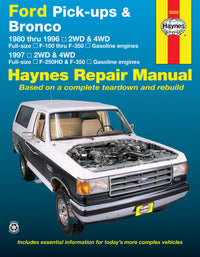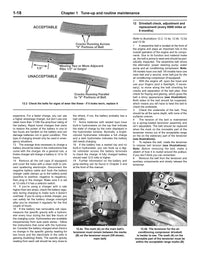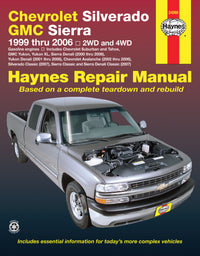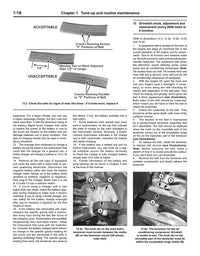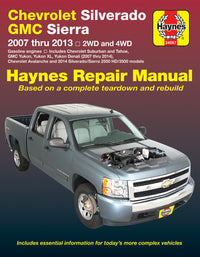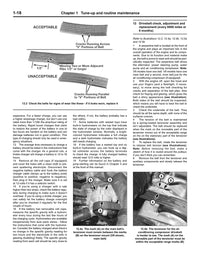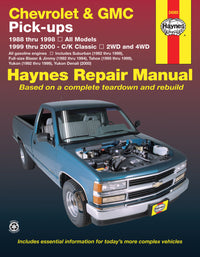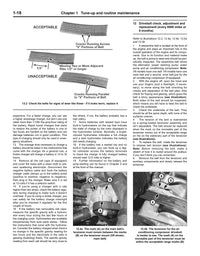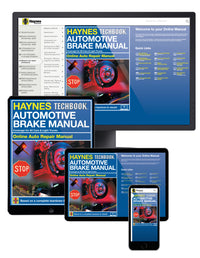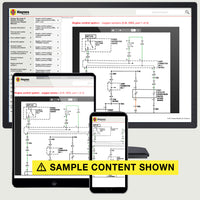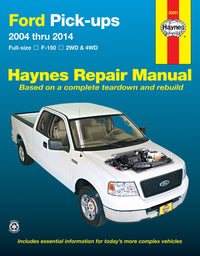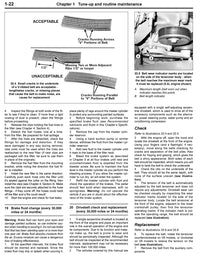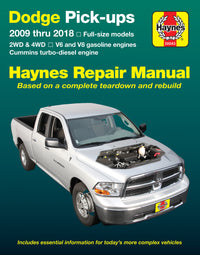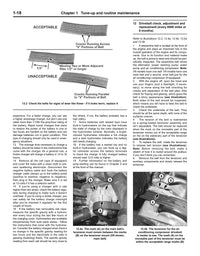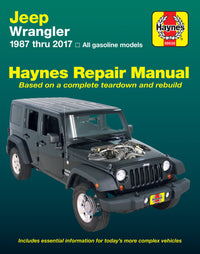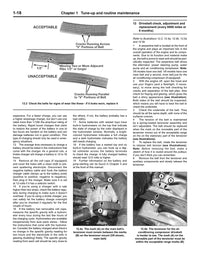Brake calipers are one of your car's or motorcycle's most important components. If something goes wrong with the brake caliper, the vehicle simply isn't safe enough to use until it's been fixed or replaced, mainly because you might not stop until you hit something.
Here we explain how brake calipers work, how they differ in design and how to tell if there's a problem with your caliper.
How does a brake caliper work?
Your car wheels are attached to circular metal rotors, which spin along with the wheels as you drive along.
The brake caliper fits over the spinning rotor and works much like a clamp – step on the brake pedal or pull the brake lever and the caliper acts like a clamp, pressing the brake pads onto each side of the spinning rotor. The friction generated when the rotor rubs on the pads is what slows you down.
There are several types of calipers:

What is a floating brake caliper?
A floating brake caliper contains a piston on only one side, but has pads that make contact with both sides of the brake disc. The caliper slides back and forth on bushings or pins.
When the brakes are applied, the piston pushes the brake pad on the inboard side of the disc.
The caliper then slides on the bushings or pins, which squeezes the outboard pad against the rotor, initiating braking action.

How does a sliding brake caliper differ from a floating caliper?
A sliding brake caliper works in much the same way as a floating caliper, but is mounted in a slot in the caliper adapter. When you hit the brakes, it uses its single piston press the inner pad against the rotor, then the movable frame of the caliper applies pressure to the other brake pad, pressing it against the disc.
What about fixed brake calipers?
A fixed caliper is mounted to a bracket, and as the name suggests it doesn't move. It usually contains two, four, six or even eight pistons.
The fixed caliper consists of an equal number of pistons on both the inboard and outboard halves of the caliper. It is generally accepted that these have better performance, but cost more. Thatr's why fixed calipers with multiple pistons tend to be installed on high-performance cars.
What happens when a brake caliper is bad?
Any brake caliper has moving parts that can go wrong from time to time.
When brakes seize it can be because the piston becomes stuck within the caliper, the pads become stuck to the disc, or on single-piston calipers the slide pins can seize.
If the brakes seize when the vehicle has been unused then the symptoms are fairly obvious: you can't get the car to move.
Find out how to unseize a brake caliper here.
How can I boost my car’s braking performance?
There are various ways you can tweak or replace part of your braking system to perform better:
- Bigger brake rotors: Larger rotors offer a greater surface area and thus more friction area. Make sure larger rotors will fit within your wheel rims.
- Bigger brake caliper pistons: Calipers with larger pistons have greater clamping area and thus more clamping force over the rotor.
- More pistons: High-performance calipers that allow for more pistons – six-piston and even 12-piston models can increase the clamping force of the caliper.
- Less heat retention: Brake air scoops can help in this area; larger ventilated rotors can spread excess heat over a larger area.
- Differential bore calipers: It helps if the pistons closer to the rear edge of the caliper are larger. Differential-bore calipers use smaller pistons up front, larger pistons toward the back.
-
Composite Ceramic Brakes: These are among the best brakes you'll find in any road car. They're made from siliconised carbonfibre, with very high temperature capability, a 50% weight reduction over iron discs, a significant reduction in dust, and enhanced durability in corrosive environments over conventional iron discs. The discs are internally vented, similar to cast-iron ones, and cross-drilled. The cost, as you can imagine, is significant.

What’s a brake caliper tool?
A specialized (but relatively cheap piece of kit) is the brake caliper tool. When a worn pad is removed from the caliper, this 'rewind' tool pushes back the piston into the caliper so that new brake pads can be easily fitted. There are various types of caliper tools to fit the different types of brake caliper, so make sure you buy the right one.

